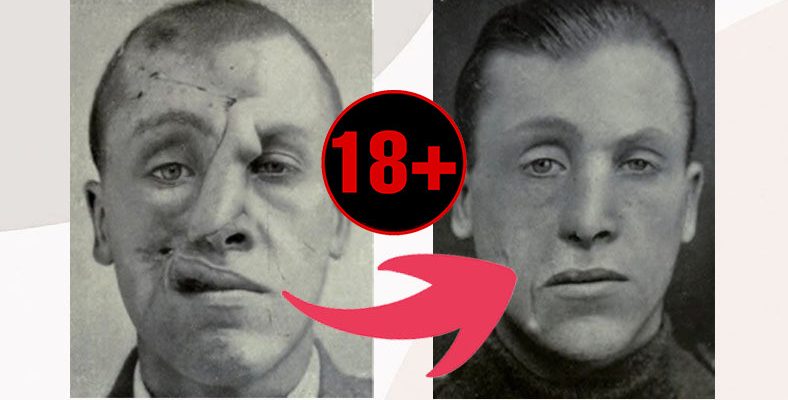Until World War I, most war injuries consisted of sword wounds and minor cuts. These minor injuries did not matter much to the soldiers who managed to survive. However, the heavy weapons used in the First World War caused unprecedented injuries.
These scars, especially on the face, had a negative impact on the soldiers’ psychology and caused them to think about how they would one day look at the faces of their loved ones. at this point The methods used by physicians in the first quarter of the 20th century were not very sufficient.
However, despite all these negativities, a physician named Harold Gillies developed a new treatment method for facial injuries and The journey of plastic surgery that continues until today began.
In the First World War, physicians’ treatment methods were very limited in terms of facial injuries.
During this period, doctors often resorted to suturing jagged wounds without taking into account the lost skin. As scars heal, the skin becomes stretched, resulting in frightening facial shapes. It would be inevitable.
Besides, especially Injuries in the jaw areas and incorrect treatments applied; soldiers cannot eat or drink it would make it happen. Meanwhile, a physician named Harold Gillies, who was sent to France in 1915, witnessed the terrible facial wounds caused by the First World War.
The New Zealand doctor, who thought that the treatments for these facial damages were quite inadequate, was admitted to Cambridge Military Hospital when he returned to England. He established a ward specifically for the treatment of facial wounds.
He even sent word to field hospitals in France to ensure that soldiers with such facial injuries were transferred directly to him.
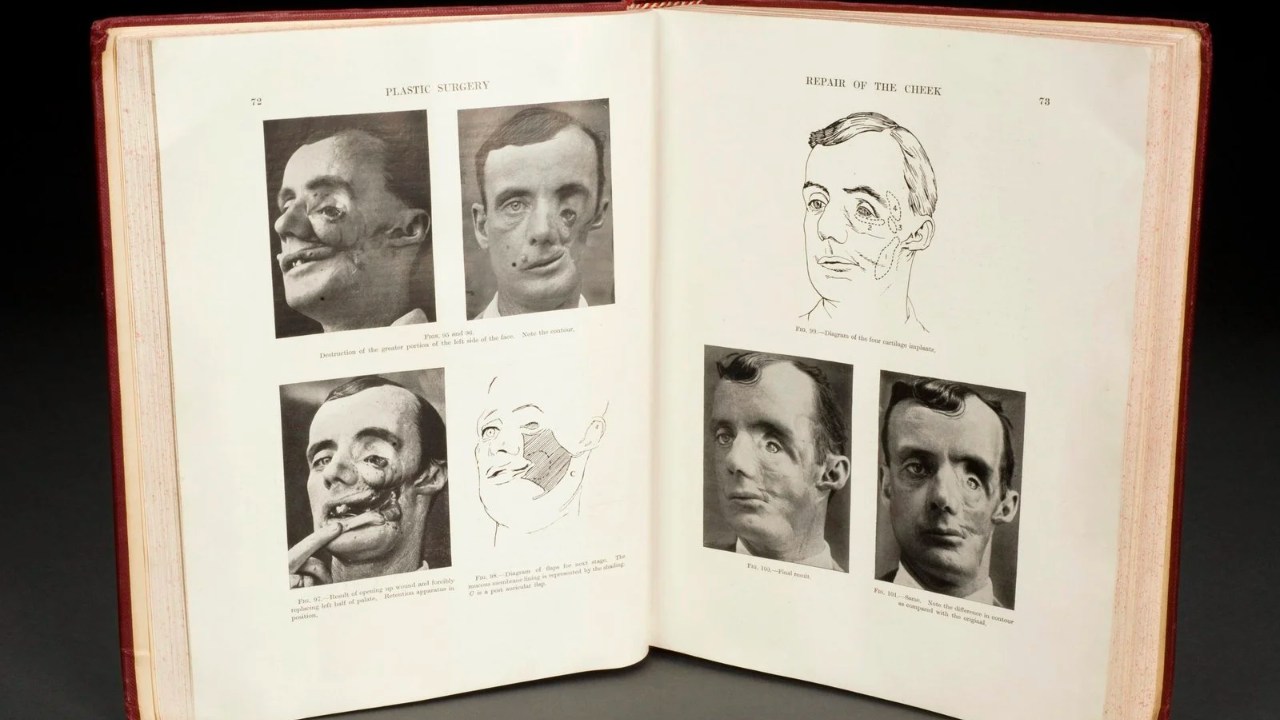
Additionally, Gillies convinced the heads at the hospital that a private hospital was necessary to handle incoming injury claims. Having achieved his goal, the physician founded The Queen’s Hospital in Sidcup. This hospital It was the first hospital in the world to start operating for the treatment of facial injuries.
Queen’s Hospital’s goal is to The aim was to restore the faces of wounded soldiers to the best possible condition and enable them to live a more normal life.. Many patients wondered how they would confront their loved ones with the frightening appearance of their faces.
Harold Gillies was aware that in order for these wounds to heal, healthy tissue had to be restored to its original position.
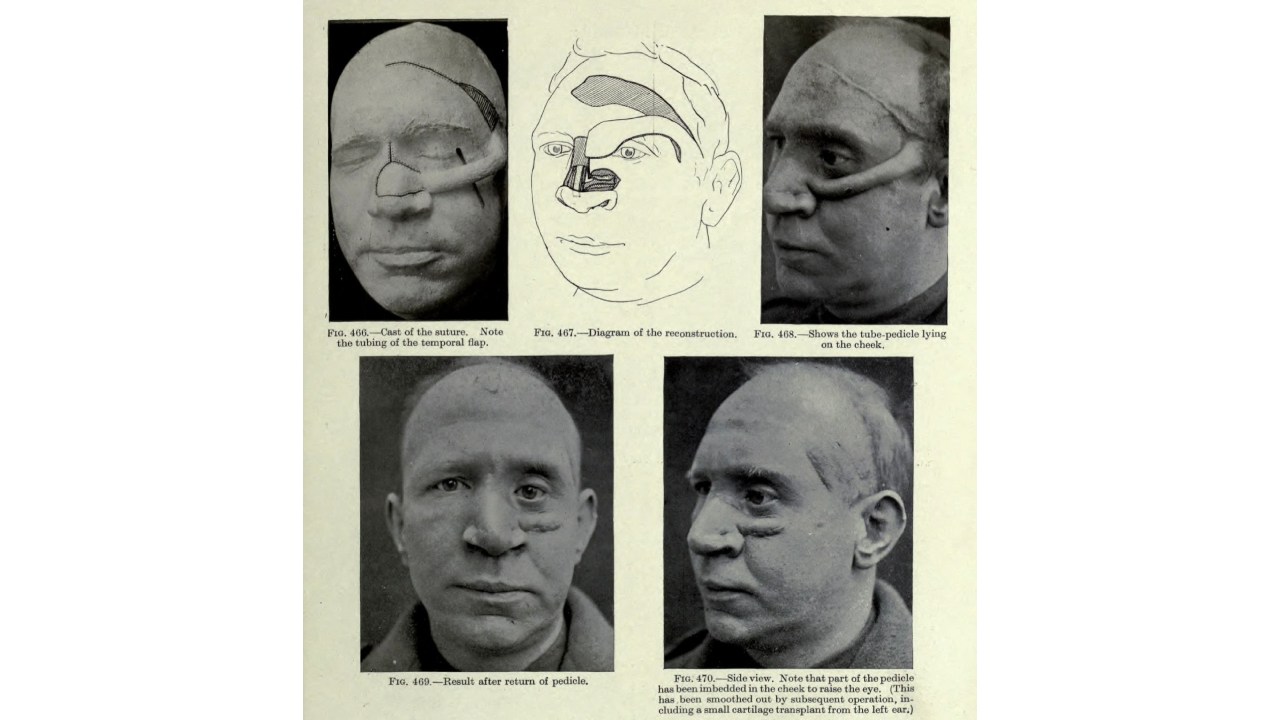
Subsequently, any gap could be filled with tissues taken from different parts of the body. Gillies was very experienced in this procedure called skin grafting. With this method, after the studies on the bone structure of the injured person are completed, reconstruction process on soft tissue It could be done.
The skin grafting process involved several techniques, but the most successful of these methods was It involved removing a large piece of skin called a pedicle from near the wound.
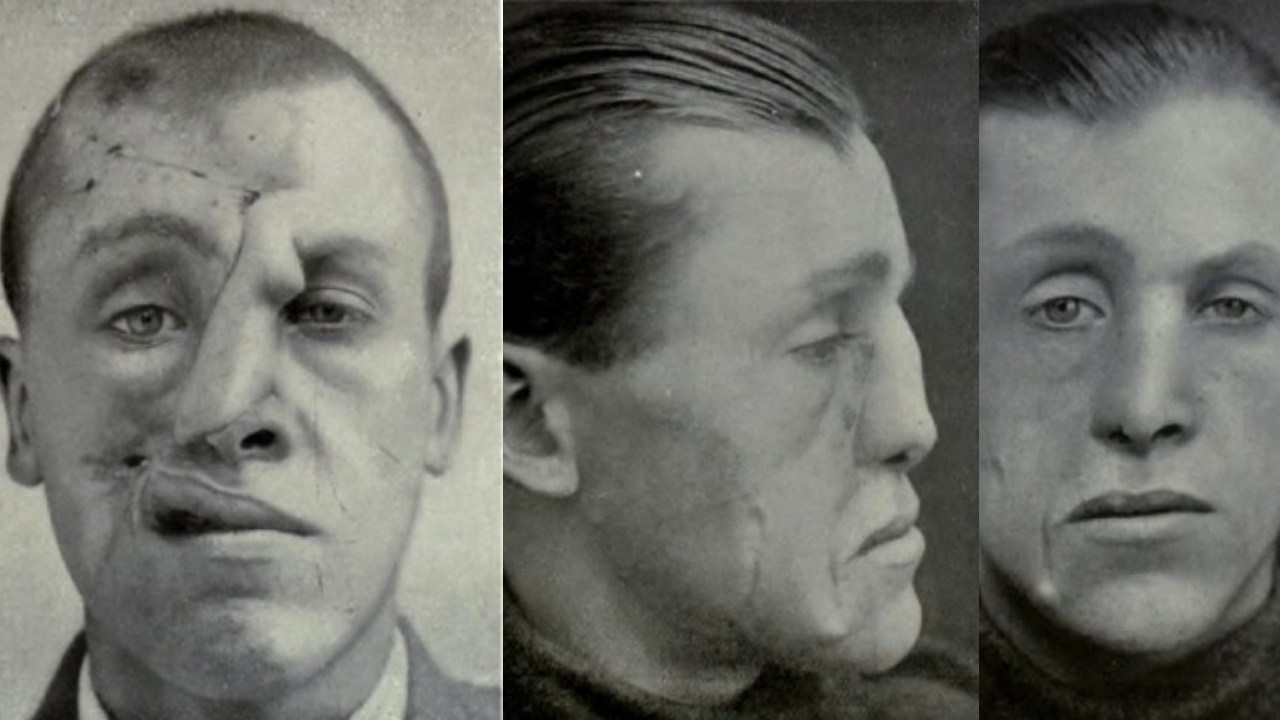
With this technique, the free end of the skin flap was swung towards the injury site. Thus, the physical connection is maintained, blood cells could easily reach the skin and the chance of the grafting process being accepted by the body would increase.
Physician Gillies decided to operate with this method on Willie Vicarage, who was seriously injured in a fire during the Battle of Jutland (1916).
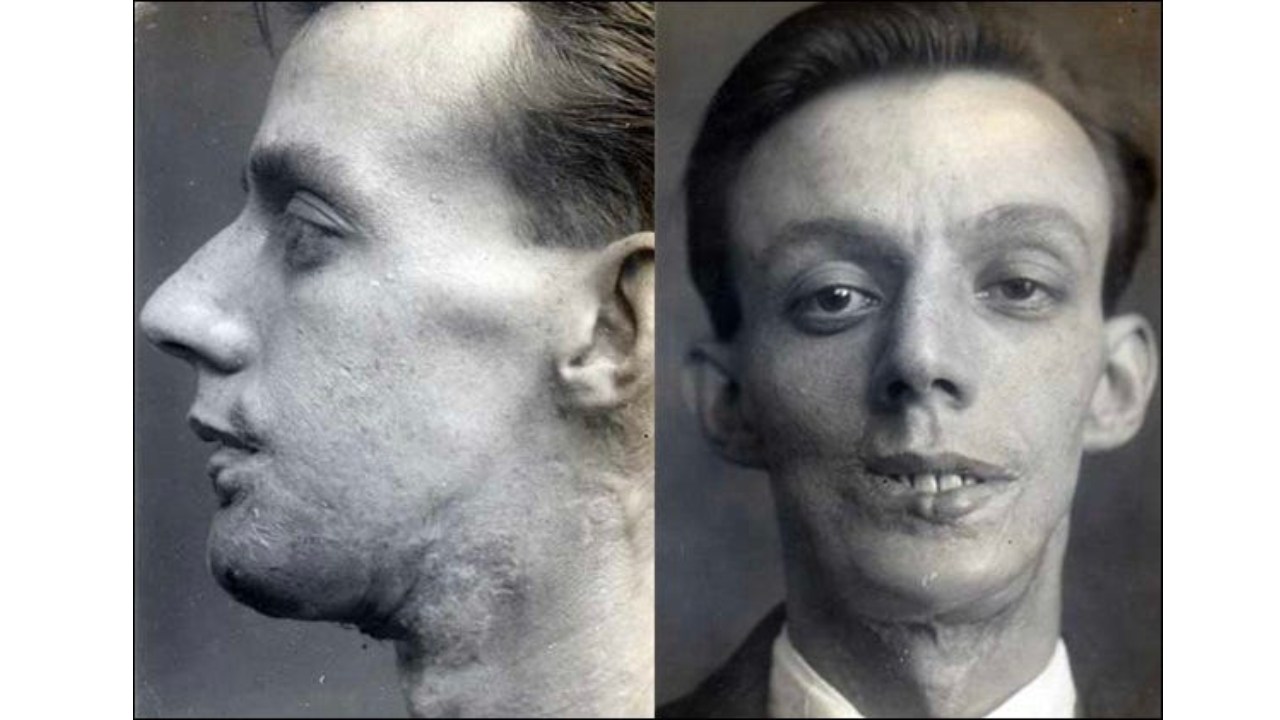
The patient died due to fire damage. He couldn’t close his eyes, open his mouth, or even move his face. Physician Gillies suggested removing a Masonic collar flap of skin from Willie’s chest to repair the lower face.
During the surgery, he noticed that the pedicle flaps were folding in on themselves under tension and decided to sew them into a tube. Thus the patient blood flow increased and the risk of infection tended to decrease.
Additionally, Harold Gillies’ tube pedicled skin grafting technique was also trialled on Royal Navy lieutenant Walter Yeo.
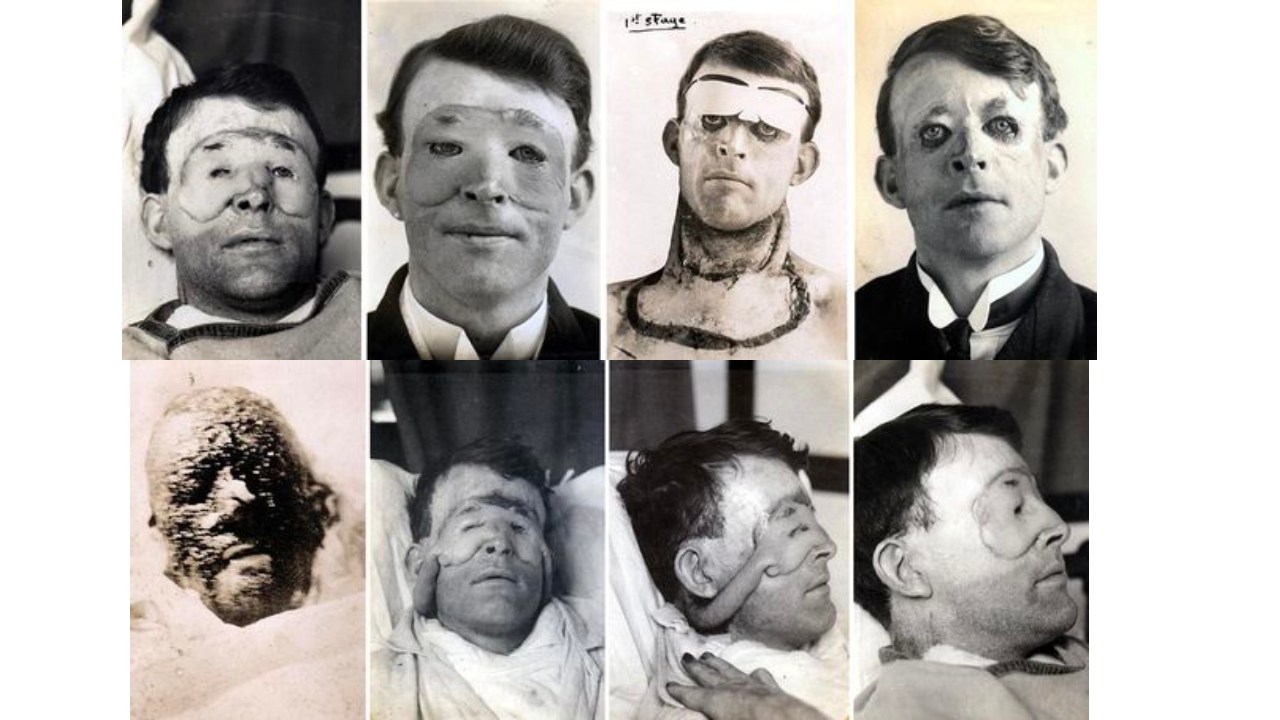
Sensitive Content
Walter Yeo lost both his upper and lower eyelids in the Battle of Jutland in 1916. Pieces of healthy skin from his chest were used to cover damaged areas on his face. But since he had an infection in his body, his treatment was carried out in stages. At the end of the surgery, the lieutenant’s quality of life improved and he started to do his duty again after a 5-year treatment period.
In summary, the serious injuries encountered during the First World War, It encouraged physicians to try increasingly difficult treatments. This work of Gillies enabled severely injured faces to gain a new appearance, and thus the foundations of modern plastic surgery were laid.
RELATED NEWS
The Striking Story of the Turkish Soldier Whose Face Was Shattered in the Battle of Gallipoli and the German Doctor Who Performed Facial Aesthetics on Him
RELATED NEWS
This Man You Probably Saw for the First Time is the Person Who Saved the Most Human Lives in the World! So what did he do to achieve this?
RELATED NEWS
Unthinkable Methods Used by Doctors in the Past to Prevent Blood Loss
RELATED NEWS
Old People May Also Look Young in the Future, Without Aesthetics: Here are Studies on Mice on This Subject
RELATED NEWS
